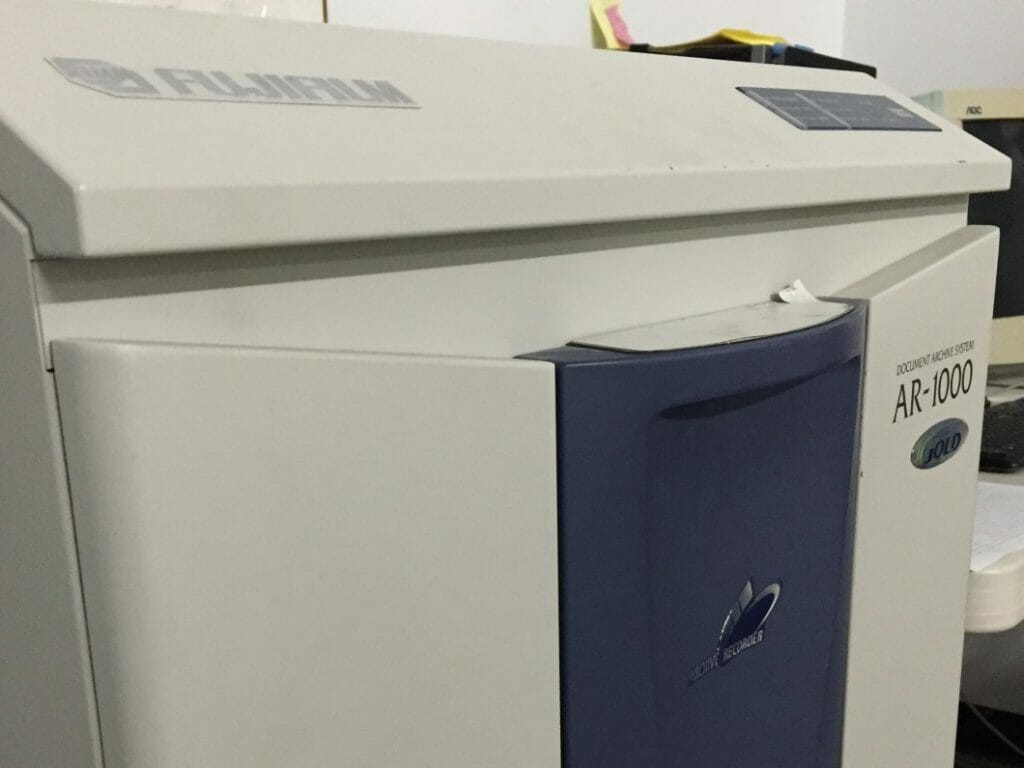Microfilming 
Documents, reports, journals, newsletters, correspondence produced by typewriters, computers, facsimile machines and even by hand are being created and duplicated in unprecedented volumes.
Consider the bulk of paper documents in every office today, whether it be in industry, an academic institution or a government office. To get at the information in this form, pages have to be leafed through, heavy volumes must be removed from shelves or file drawers . . . to disseminate information in this form means carrying, mailing, trucking or otherwise transporting bulky, cumbersome material at appreciable effort and expense. To store and retrieve information in this form means considerable expenditures of personnel and space, both of which are expensive. More importantly paper is most often the bottleneck of an organization causing delays in conducting business, poor customer service, losing out to competition and even lost revenue and profit.
It does present a problem. We’ve all become so dependent on paper that it is part of our everyday lives both at work and at home. Paychecks, bills, reports, medical records, charge account files, correspondence, technical data and virtually every type of information we need is on paper. Computers have solved a lot of information problems for us … but along the way they’ve created some new ones! Computers produce a great deal of paper that we must process.
Fortunately, new methods and systems have been developed to solve the document bottleneck dilemma . . . one of these systems is micrographics.
Very few people want to use microfilm. Old traditions die hard and paper has many advantages that microfilm is unable to offer. There are, however, many benefits that microfilm offers over paper which therefore justifies the employment of micrographic systems. The following are the prime reasons for the wide popularity of micrographics today. Incomplete or out-of-date records are often the source of serious errors and consequent customer complaints, lost time and increased costs. With the appropriate microform and system the problem of lost or misfiled documents can be totally eliminated.
Reduction In bulk and saving of space achieved by microfilming documents enables files to be located where they are needed, instead of where they will cost as little as possible to accommodate – such as the basement.
File Uniformity – each microform is produced to a standard format which eliminates the handling of many different sizes of documents.
Reduced distribution costs, since microfilm is usually only 2% of the weight of the paper documents from which it is made – this enables first class and airmail instead of parcel post to be used.Quicker dissemination – turn around time to prepare and disseminate information on microforms instead of paper can put the material in the hands of the user much faster.
Customer service improved by having records available faster through automated retrieval techniques and having the files closer to the user with fingertip accessibility. Duplicates available faster and at lower cost. In view of these features multiple files can be made available where only one paper file existed, thus providing convenience and multiple access.
Rapid updating – microforms reduce updating delays. Instead of having dozens of pages to file when updated material is received, only one or two microfiche need to be slipped into the file. Security can be provided by storing a duplicate copy at a remote location. Paper files in constant use soon become dirty and dog-eared, microfilm is more durable than paper and can be protected by use of cartridges. Individual documents can be removed from paper files and the loss may not be discovered for a long time. It is almost impossible to remove one page from most micrographic systems.
